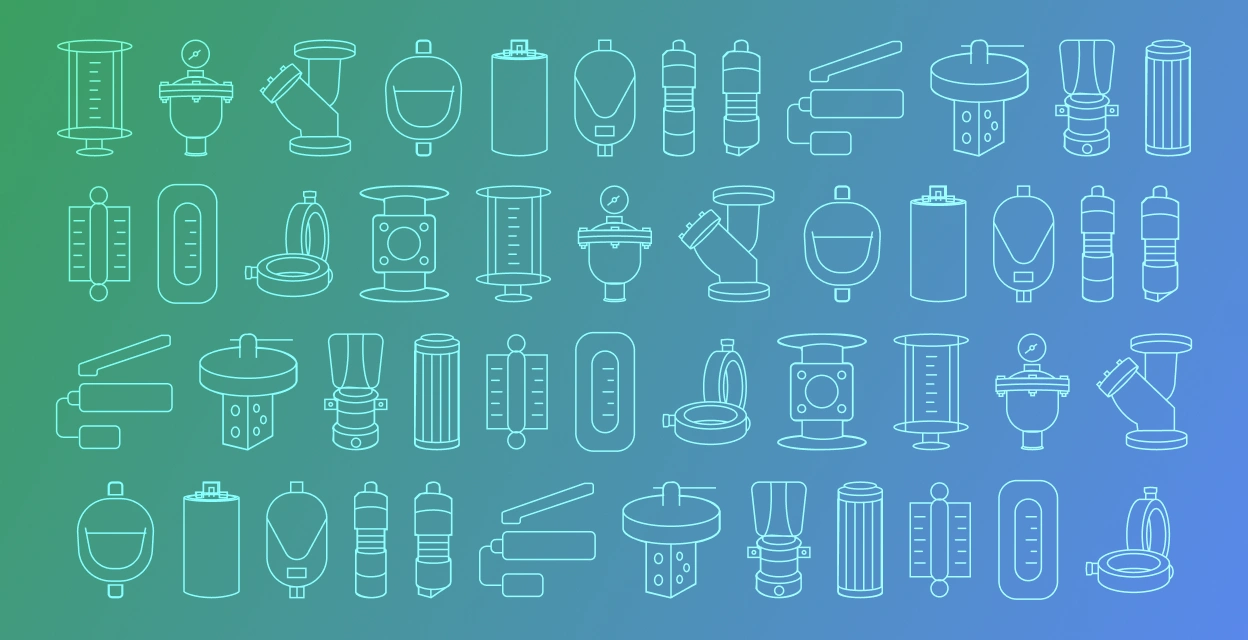Introduction: Engineering Safety Is Not Optional
In oil and gas production, Wellhead Control Systems (WHCS) are the gatekeepers of well integrity and safety. Whether on an FPSO, subsea platform, or desert rig, these systems manage high-pressure fluid flows, control emergency shutdowns, and monitor real-time well conditions.
But behind every reliable WHCS lies one critical factor: global compliance. When manufacturers don’t meet required standards, you risk non-compliance penalties, equipment failure, or catastrophic safety events.
This blog dives into the key global certifications, industry codes, and performance standards that every WHCS manufacturer must meet—especially those supplying to offshore and high-risk environments.
What global standards should WHCS manufacturers comply with?
Reputable WHCS manufacturers must comply with international standards like API RP 14C, ISO 10497, ATEX/IECEx (for hazardous areas), SIL (for functional safety), and ASME/ASTM material codes.
1. API RP 14C – Safety System Standards for Offshore Production
The American Petroleum Institute (API) Recommended Practice 14C is the foundational safety system standard for offshore oil and gas platforms.
- Specifies minimum requirements for SSV, SCSSV, and WHCS logic
- Defines safety analysis, detection methods, and shutdown levels
- Requires detailed cause-and-effect matrix for safety-critical events
- Mandates periodic functional testing and documentation
Additional Value: Non-compliance with API RP 14C can void insurance coverage in case of safety failure. According to Offshore Magazine (2023), over 70% of well-control failures stem from design flaws or outdated shutdown logic.
“API RP 14C is not a recommendation—it's the industry’s safety backbone.”
— Derek T., Senior Safety Auditor, Offshore Canada Region
2. ISO 10497 – Fire Type Testing for Valves
ISO 10497 outlines the procedures to test valve integrity during and after a fire—a crucial requirement for any WHCS.
- Evaluates ability of control valves to shut off during fire exposure
- Requires specific flame temperatures, durations, and leakage limits
- Applies to both surface safety valves and subsurface control logic
- Demonstrates fire survivability of WHCS shutdown components
Additional Value: Leading WHCS manufacturers often exceed the minimum leakage thresholds defined in ISO 10497. This ensures full well containment even under extreme thermal stress—especially in unmanned platforms.
3. ATEX / IECEx – Hazardous Zone Compliance
All WHCS equipment used in explosive or flammable areas must comply with ATEX (EU) or IECEx (Global) directives.
- Defines acceptable equipment categories and temperature classes
- Requires explosion-proof (EX d) or intrinsically safe (EX ia) components
- Covers panel enclosures, actuators, sensors, and wiring
- Applicable for offshore platforms, FPSOs, and onshore terminals
Additional Value: IECEx-certified WHCS products are accepted in 40+ countries, reducing procurement delays. According to DNV Reports, 88% of international oil companies mandate ATEX or IECEx certification for control panels.
4. SIL (Safety Integrity Level) Certification
SIL Ratings, defined by IEC 61508, determine the reliability of a system’s ability to perform safety functions on demand.
- SIL 1–4 classification based on failure rate and fault tolerance
- WHCS logic circuits often need SIL 2 or SIL 3 for offshore platforms
- Requires risk assessment, validation, and traceable documentation
- Includes testing frequency, diagnostic coverage, and hardware fault tolerance
Additional Value: SIL-rated WHCS systems reduce the probability of undetected failure. Many NOCs and IOCs require at least SIL 2 for well shutdown valves and SIL 3 for high-risk emergency systems.
“A WHCS without SIL-rated logic is no longer acceptable for any critical field development.”
— Anita M., Reliability Engineer, Gulf Projects Division
5. ASME, ASTM & NACE Material Standards
Wellhead Control Systems must also conform to global mechanical and metallurgical standards, especially for high-pressure or corrosive fields.
- ASME Section VIII (for pressure enclosures and tanks)
- ASTM A105, A316, A182 (for fittings, plates, tubing)
- NACE MR0175/ISO 15156 (for H2S-resistant materials in sour service)
- EN 10204 (material traceability and test certification)
Additional Value: Sourcing WHCS systems from manufacturers who meet these material standards ensures structural integrity, corrosion resistance, and longer system life—even in sour gas fields or high-pressure applications.
FAQs
- What is the most important standard for WHCS manufacturers?
API RP 14C is the industry’s most critical safety standard, particularly for offshore control logic and shutdown systems. - Are SIL certifications mandatory for WHCS panels?
Yes, especially in offshore and high-risk zones. Most operators require SIL 2 or higher for WHCS shutdown logic and hydraulic actuators. - What certifications should WHCS enclosures have?
WHCS enclosures must meet ATEX/IECEx standards for hazardous areas and be IP66 or higher for ingress protection.
Need a WHCS partner who checks every compliance box?
Petronash Engineering Services is a globally trusted name in Wellhead Control Systems, delivering certified, standards-driven solutions for oil and gas majors across 30+ countries. We meet and exceed global benchmarks—ensuring operational safety, regulatory compliance, and long-term reliability.
📩 Email: [email protected]
🌐 Website: www.petronashengineering.com
Conclusion
Meeting global standards isn’t a “nice-to-have”—it’s mission-critical.
In a risk-sensitive industry like oil and gas, working with a WHCS manufacturer who adheres to global design, safety, and material standards protects your project, your team, and your long-term operations.
Look beyond brochures—ask for certifications, validation reports, and compliance documentation. Because in wellhead safety, standards are the difference between assurance and liability.
 Back To Blogs
Back To Blogs